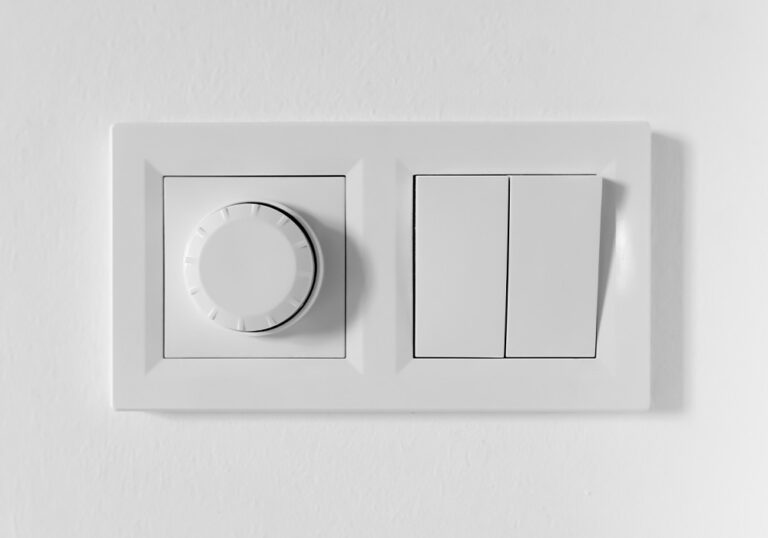Cool White vs Neutral White: Choosing the Best Lighting for Your Space
Colour temperature in lighting plays a crucial role in creating the desired ambiance and can affect your mood and productivity. Cool white light is on the higher end of the Kelvin scale, typically above 5000K, offering a bright and energetic feel akin to natural daylight. It is ideal for environments where focus and clarity are…



